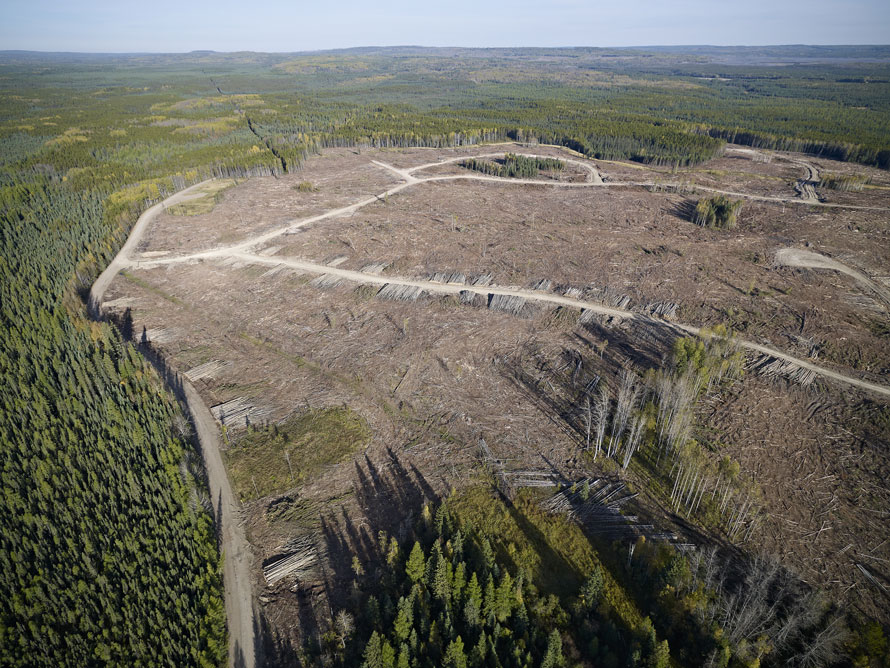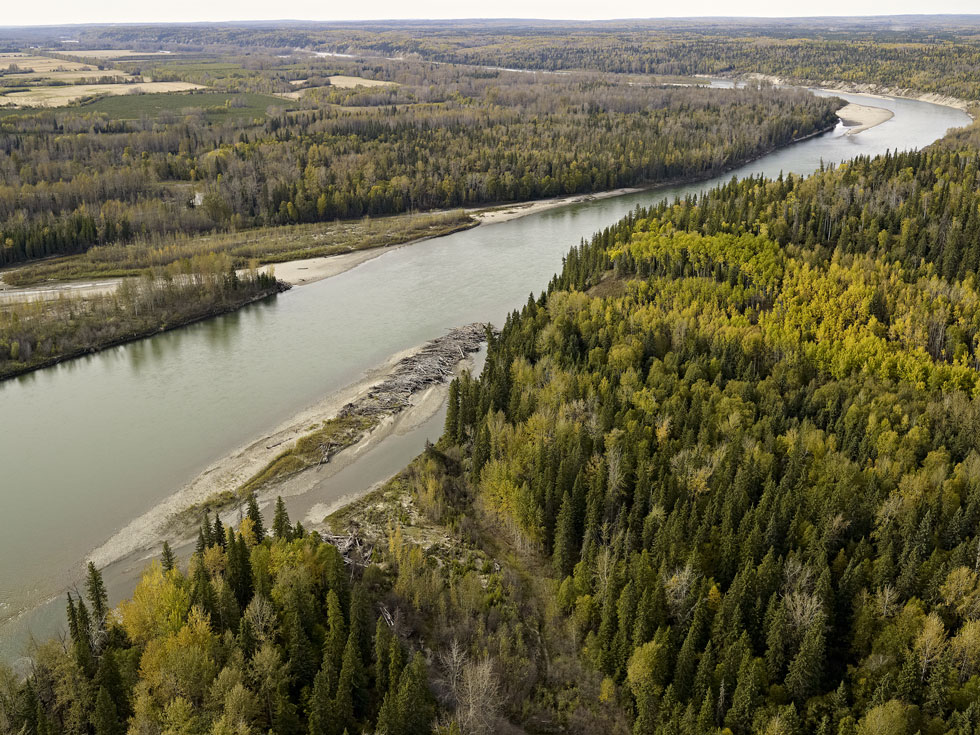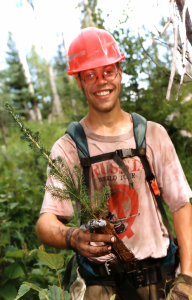The vast majority of Canadian forests are publicly owned and are subject to stringent land-use regulations designed to sustain multi-value forests for the benefit of present and future generations. Millar Western sources the greater part of its fibre, approximately 90%, from these publicly-owned lands. All timber for our pulp operation is harvested in within 175 kilometres of our mill in Alberta, Canada, and is certified under the PEFC (KPMG-PEFC-COC-2599-02)and Forest Stewardship Council® (FSC®) (FSC® C008999) chain-of-custody standards.
Planning
Forests are complex ecosystems, and planners take care to ensure the maintenance of a wide range of natural values, such as biodiversity, wildlife habitat and soil and water quality. As well as natural cycles, they must also factor in the human element, working closely with Indigenous communities and stakeholder groups — oil and gas companies, trappers, recreational groups, and others — to ensure multiple perspectives and diverse needs are reflected in the final plan.
Once complete, the plan is submitted to the Alberta government for amendment or approval; only once the plan is accepted and in place can our work begin in the forest.
Forest Management Planning in Alberta – Government of Alberta

Harvesting
Today’s harvesting patterns mimic natural disturbances such as forest fires, resulting in harvested areas of variable size and shape. Areas of standing timber, downed woody debris and snags are left behind to provide wildlife habitat.
Steps are taken to protect forest values identified during the planning process, such as lakes and streams, migration paths for wildlife, and places of cultural and economic significance to Indigenous communities.
Reclamation work begins once harvesting operations are complete. Forest renewal activities start within two years of harvest.
Renewal
Most Canadian forest companies harvest timber on government-owned land and are required, by law, to ensure the renewal of healthy forests. To ensure forest resources are sustained for the future and for the benefit of all forest users, renewal activities are initiated within two years of harvesting. On average, three seedlings are planted for every conifer tree harvested, while deciduous stands are reforested through natural regeneration.
The stands are carefully monitored as they grow, to ensure the re-establishment of healthy, multiple-value forests.

